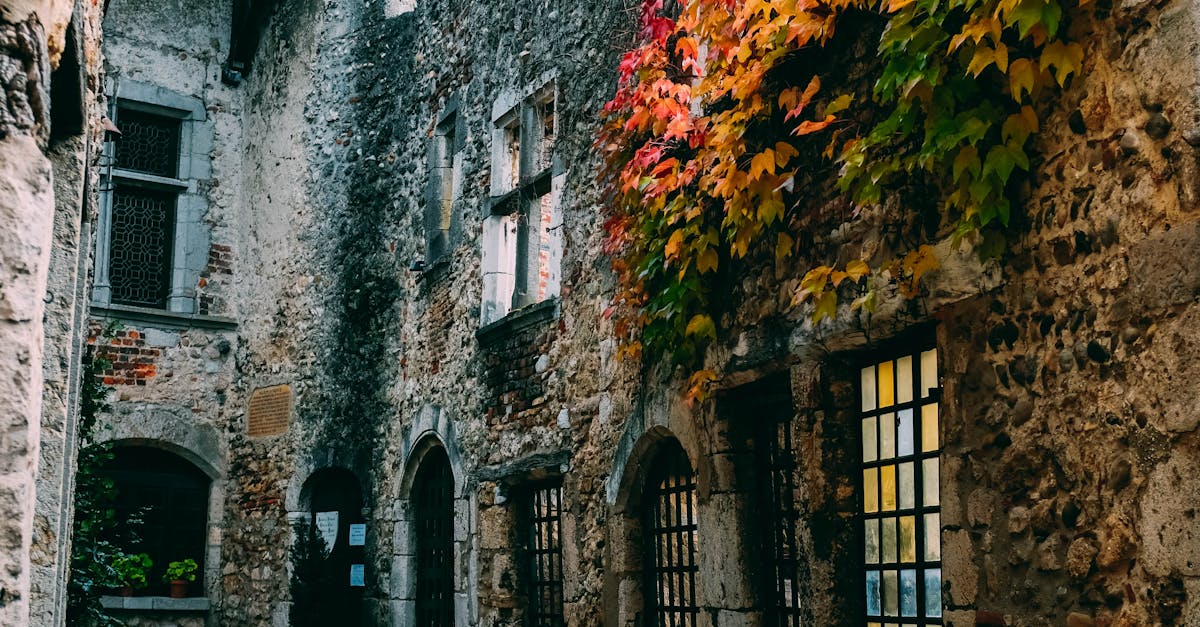
Table Of ContentsProtection Against Damage and Weathering
Preventing Weed GrowthHow do I choose the right sealer for my pavers?
Weeds can quickly disrupt the aesthetics and functionality of sandstone cobblestone pavers. Their presence not only detracts from the overall appeal but can also compromise the integrity of the paver structure. One effective way to address this issue is to apply a high-quality polymeric sand in the joints between the stones. This type of sand hardens over time and creates a barrier that inhibits weed germination while allowing water to drain away properly.Consider factors such as the type of pavers you have, the level of traffic they experience, the desired finish, and environmental conditions. Reading product labels and consulting with professionals can also help you make an informed decision.
Routine maintenance is crucial in the ongoing battle against weed growth. Regularly sweeping the surface of the pavers helps remove debris that can otherwise provide a fertile ground for weeds to establish. Additionally, inspecting the joints periodically ensures any early signs of weed growth can be addressed quickly. For stubborn weeds that may appear, employing manual removal techniques or using eco-friendly herbicides can effectively eliminate them without harming the surrounding environment.What is the application process for sealing sandstone cobblestone pavers?
Strategies to Keep Weeds at BayThe application process generally involves cleaning the pavers thoroughly, allowing them to dry, and then applying the sealer using a roller or sprayer. It's important to follow the manufacturer's instructions for the best results.
he pavers with a high-quality, permeable sealant designed for sandstone. This adds an extra layer of protection against moisture penetration and freeze-thaw cycles. Additionally, ensuring adequate drainage in the surrounding area prevents water from pooling on the pavers, which can freeze and lead to cracks. Regular maintenance and timely interventions contribute to the longevity and aesthetic appeal of sandstone cobblestone pavers during the winter months.
FAQS
How can I prevent weed growth in my sandstone cobblestone pavers?
To prevent weed growth, consider using a high-quality polymeric sand to fill the joints between the pavers, as it hardens and makes it difficult for weeds to take root. Regularly sweeping and cleaning the surface can also help remove any seeds or debris that may foster weed growth.
What are some strategies to keep weeds at bay?
In addition to using polymeric sand, you can apply a pre-emergent herbicide in early spring, ensure the pavers are properly installed with adequate spacing, and incorporate landscape fabric underneath the pavers to block weeds from emerging.
What is efflorescence and how can I manage it?
Efflorescence is a white, powdery substance that can appear on the surface of sandstone pavers due to salt deposits leaching out of the stone. Managing it involves regularly cleaning the pavers with a stiff brush and water, and applying a suitable efflorescence remover if necessary.
How can I identify and treat efflorescence on my pavers?
You can identify efflorescence by looking for white, chalky stains on the surface of your pavers. To treat it, use a mixture of water and vinegar or a commercial efflorescence cleaner, scrubbing gently before rinsing the area with clean water.
What steps should I take to protect sandstone pavers during winter?
To protect sandstone pavers during winter, ensure they are thoroughly cleaned to remove debris, apply a sealant designed for sandstone to prevent moisture absorption, and use a snow shovel rather than metal shovels, which can scratch the surface. Additionally, consider using sand or kitty litter instead of salt to de-ice, as salt can damage natural stone.
Related Links
Cost Considerations for Sandstone Cobblestone PaversTerms of UseComparing Sandstone Cobblestone Pavers to Other Paving Materials